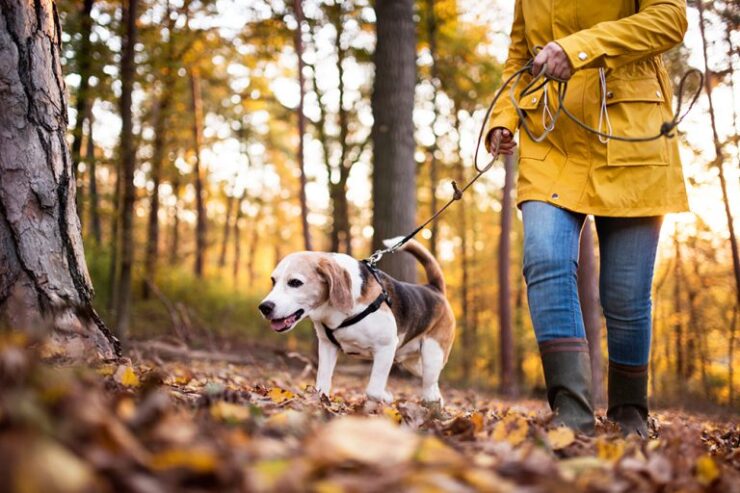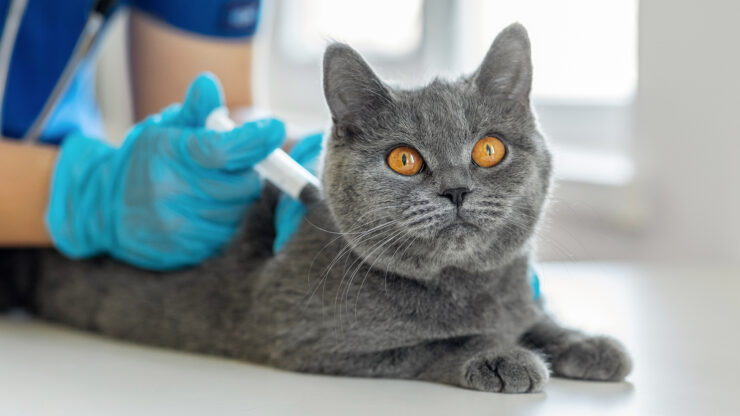As a pet owner, it is your responsibility to ensure the well-being and safety of your furry friend. Unfortunately, accidents and illnesses can happen, but there are steps you can take to prevent them. This guide will provide you with information on how to keep your pet safe and healthy.
Accidents
Keep your pet on a leash when walking or exercising in public areas. This will help prevent them from running into traffic or getting lost. Make sure your pet has identification tags on at all times. This will greatly increase the chances of them being returned to you if they get lost.
Keep toxic substances, such as cleaning products and medications, out of your pet’s reach. Keep your pet away from any wild animals, as they may carry diseases or parasites. Make sure to keep your pet’s vaccinations up to date. This will help prevent them from contracting serious illnesses.
Illness

Keep your pet’s living area clean and free of clutter to prevent the spread of germs and bacteria. Feed your pet a well-balanced diet and plenty of fresh water. Regularly check your pet for any signs of illness, such as a lack of energy, loss of appetite, or changes in behaviour. Take your pet for regular check-ups and vaccinations to ensure they are in good health. Keep an eye out for any unusual lumps or bumps on your pet’s skin, as these may be signs of cancer.
Preventive Care

Regular exercise is important for your pet’s physical and mental well-being. Make sure they exercise daily to keep them happy and healthy. Brush your pet’s coat regularly to prevent matting and remove any loose hair.
Keep your pet’s teeth clean by providing them with dental chews or taking them to the vet for regular teeth cleanings. Provide your pet with a comfortable and safe living area, such as a cosy bed and plenty of toys. Regular grooming is important for your pet’s overall health and appearance.
Few More Tips and Insights to Help Keep Your Pet Safe and Healthy

- Keep your pet’s living area at a comfortable temperature. Extreme heat or cold can cause health problems for your pet.
- Be aware of the common hazards in your home. For example, make sure to keep small objects and toxic plants out of reach of your pet, as they may ingest them and become ill.
- Be aware of the common diseases that your pet may be susceptible to. This can help you recognize the signs of illness early and take appropriate action.
- Be aware of common parasites and pests that can affect your pet. For example, fleas and ticks can cause skin irritation and diseases, while heartworms can cause serious heart and lung problems. Regularly check your pet for signs of parasites and take appropriate action.
- Regular grooming is important for your pet’s overall health and appearance. This will help prevent mats and tangles from forming in their coat, which can cause discomfort and skin irritation.
As a pet owner, it’s important to be aware of the signs of stress in your pet, as prolonged stress can lead to a variety of health problems. Signs of stress include changes in eating habits, changes in behaviour, and excessive grooming.

- Always supervise your pet when they are around children or other animals. This will help prevent fights or accidents from happening.
- Be aware of your pet’s behaviour and take action if they exhibit any aggressive or destructive behaviour. Consult with a professional trainer or behaviourist to help address any behavioural issues.
- Keep your pet’s living area clean and free of clutter to prevent the spread of germs and bacteria. This includes regularly cleaning their bedding, food and water dishes, and litter boxes.
- Make sure your pet has access to fresh water at all times. This is especially important during hot weather.
- Keep your pet’s living area free of any potential hazards, such as loose electrical wires or poisonous plants. Try installing safety products that you can browse and buy from the Petstop home page online.
- Keep your pet’s living area free of any potential hazards, such as loose electrical wires or poisonous plants.
- Keep your pet away from any wild animals, as they may carry diseases or parasites. If you see wild animals in your area, make sure to keep your pet inside or on a leash.
- Check your pet’s living area for any potential hazards or signs of illness. This includes looking for signs of fleas, ticks, or other parasites and any signs of injuries or illnesses.
- Be sure to keep your pet’s vaccinations up to date. This is especially important if you plan to take your pet on trips or live in an area with a high risk of certain diseases.
- Be sure to keep your pet’s vaccinations up to date. This is especially important if you plan to take your pet on trips or live in an area with a high risk of certain diseases.
- Regular grooming is important for your pet’s overall health and appearance. This will help prevent mats and tangles from forming in their coat, which can cause discomfort and skin irritation.
In addition to these tips, it’s important to remember that each pet is unique and may have different needs. It’s important to consult with your veterinarian to develop a personalized care plan for your pet.
They will be able to advise you on the best way to keep your pet safe and healthy based on their breed, age, and medical history. Additionally, it’s important to observe your pet’s behaviour and note any changes, as this may indicate an underlying issue that needs to be addressed.

